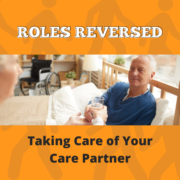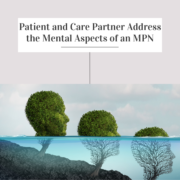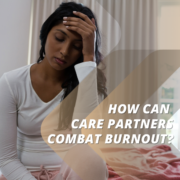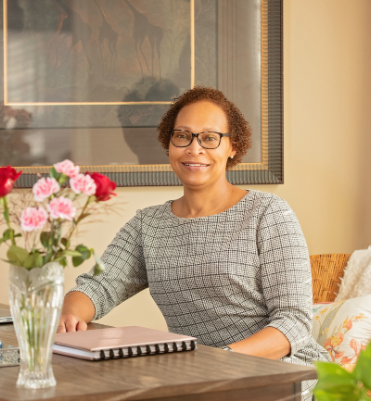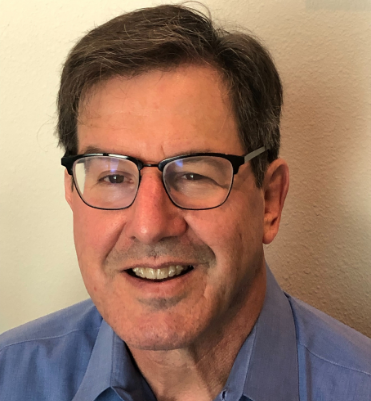Internet Access, Digital Literacy, and Bridging the Digital Divide
In the modern healthcare era along with navigating COVID-19 infection concerns, Internet service and digital literacy are more important than ever for cancer patients and their loved ones. Telemedicine serves cancer patients with multiple benefits, some of which include protecting them from infection and virus risks, providing easy ways to refill prescriptions, schedule appointments, and view test results; and reducing time, costs, and stress of traveling to and from appointments.
Internet Access, Digital Literacy, and the Digital Divide
Yet cancer patient advocates must look closely at Internet access, digital literacy, and the digital divide to support more underrepresented patients. A recent National Cancer Institute study of cancer patients and caregivers showed that 90 percent had Internet access, and 82 percent owned a smartphone. While these statistics look promising, there is still more work to be done to help underrepresented patients. Examining results from a recent study of rural cancer survivors reveals a digital divide. Medicare-covered cancer survivors in rural areas had telehealth availability 53 percent of the time compared to 63 percent in urban areas. Rural cancer survivors are also less likely to own desktop computers, laptops, smartphones, or tablets at a rate of 67 percent versus urban cancer survivors at 82 percent. Internet access also needs improvement with Medicare-covered rural cancer survivors at 58 percent access versus 79 percent in urban areas.
Furthermore, Black and Hispanic survivors had lower technology ownership, with 65 percent of Black survivors and 67 percent of Hispanic survivors owning a desktop computer, laptop, smartphone, or tablet versus 82 percent of white survivors. “Despite the potential of telehealth to meet the unique healthcare needs of cancer survivors (e.g., surveillance, comorbidities, primary and survivorship care), some patient groups face greater barriers to technology access,” the study authors wrote. “These patterned differences in use and access underscore a need to engage multilevel interventions to mitigate the underlying barriers to telehealth use.”
U.S. Financial Support of Digital Healthcare Access
What can vulnerable cancer patients do to improve their situation if they’re lacking in Internet service or technology literacy? Fortunately, President Biden has put racial equity at center stage of his agenda and is working to end disparities in healthcare access and education. The Coronavirus Aid, Relief, and Economic Security (CARES) Act helped provide telehealth and connected care services to patients, and the proposed infrastructure bill could help extend support. The U.S. federal government has taken action to help those in need of Internet service or improved Internet service. As part of the Bipartisan Infrastructure Law, President Biden and Vice President Harris operated with Democrats, Republicans, and Independents to create the Affordable Connectivity Program (ACP), as part of the Bipartisan Infrastructure Law. The ACP provides eligible households with a high-speed Internet plan for no more than $30 per month. The Biden-Harris Administration has received commitments from some leading internet providers to offer ACP-eligible families who pair their ACP benefit with one of these plans to receive high-speed Internet at no cost. You can easily check to see if you qualify here.
Digital Literacy Training
For those looking to improve their digital literacy, Patient Empowerment Network can help people build their skills. The PEN digital sherpa® Program and Digitally Empowered® Course help cancer patients (mainly 65 and older) and their families become better prepared for their cancer journey. The goal is for participants to learn to use technology to their advantage and to become more tech-savvy. The program’s workshops help educate patients and care partners in basic Internet and social media skills to help them in their search for information about their illness and support resources for themselves and their families.
University students, known collectively as “sherpas,” have been specially trained by the Patient Empowerment Network to offer technology skills and are paired with program participants. The sherpas empower patients and care partners by training them in skills such as:
- Safely navigating online healthcare resources
- Finding credible online resources
- Forming online disease support communities
- Using telemedicine
- Navigating your health with social media
- Using rideshare and wellness apps
- Following and connecting with experts online
The Digitally Empowered Course opens access to a whole new world of knowledge and tools to assist you in researching your condition, asking informed questions, and taking an active role in shared decision-making with your care team. The 10-module Digitally Empowered course trains participants in:
- How to access the Internet
- Identifying credible resources and websites
- The benefits of your patient portal
- Using social media to connect and learn
- Navigating your health with mobile devices
- Apps to use for convenience and fun
- How to use telemedicine
- Accessing and joining online support communities
The pandemic brought some issues to light about gaps in Internet service and digital literacy. But vulnerable and underrepresented cancer patients and their loved ones no longer need to remain in that state. They now have options to move them toward becoming empowered and informed.
Empowered and tech-savvy patients have the ability to build more support for themselves and to build knowledge and confidence. With increased confidence, patients feel more at ease to ask questions when they interact with their healthcare team members. This fortified knowledge and confidence then empowers them to make more informed decisions for optimal health outcomes and improved quality of life for patients. These results make a clear win-win for formerly underrepresented cancer patients and for those who work to support these patients.
Sources
https://mhealthintelligence.com/news/rural-cancer-survivors-report-low-telehealth-availability-internet-access
https://pubmed.ncbi.nlm.nih.gov/34428075/
https://www.whitehouse.gov/getinternet/?utm_source=getinternet.gov

